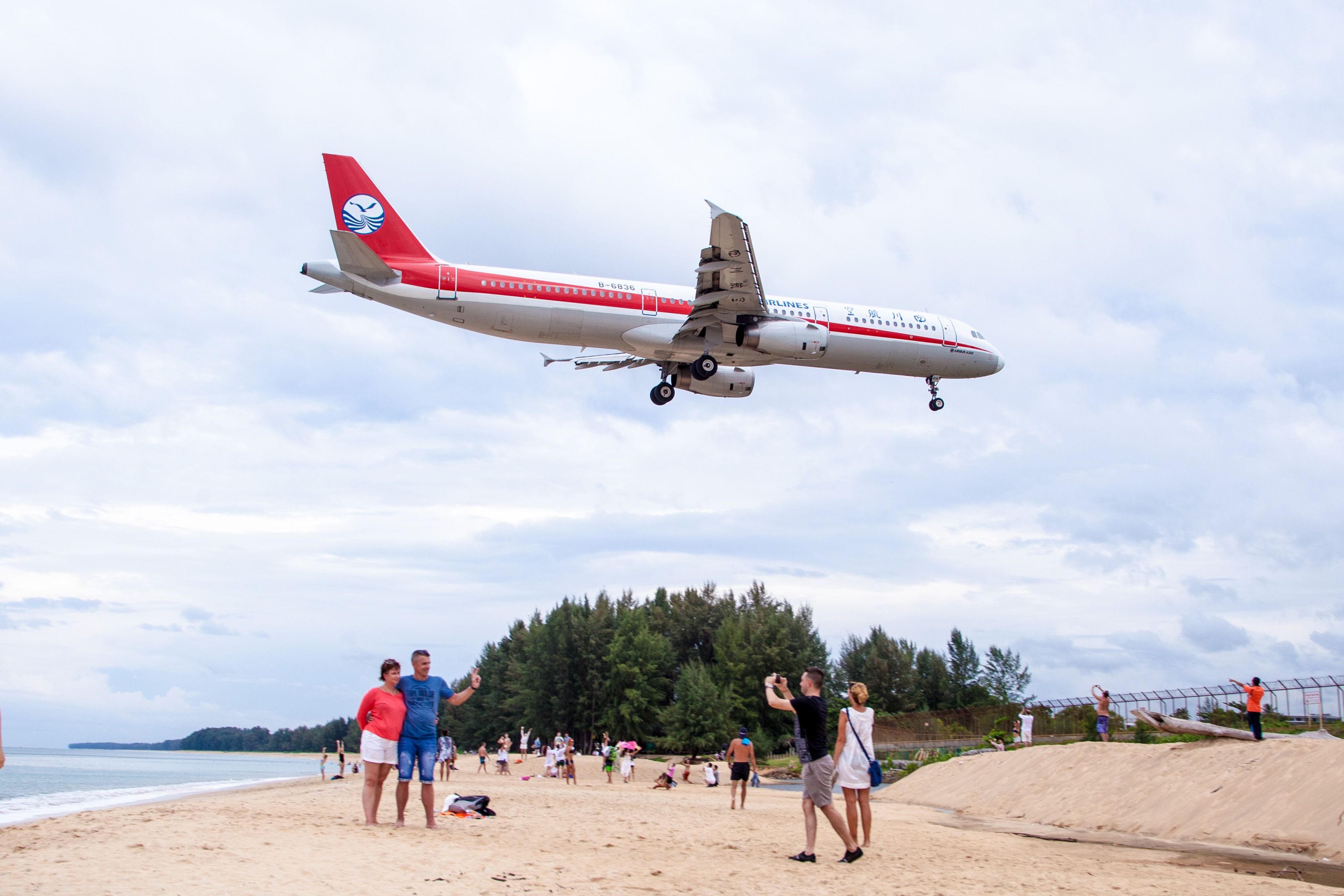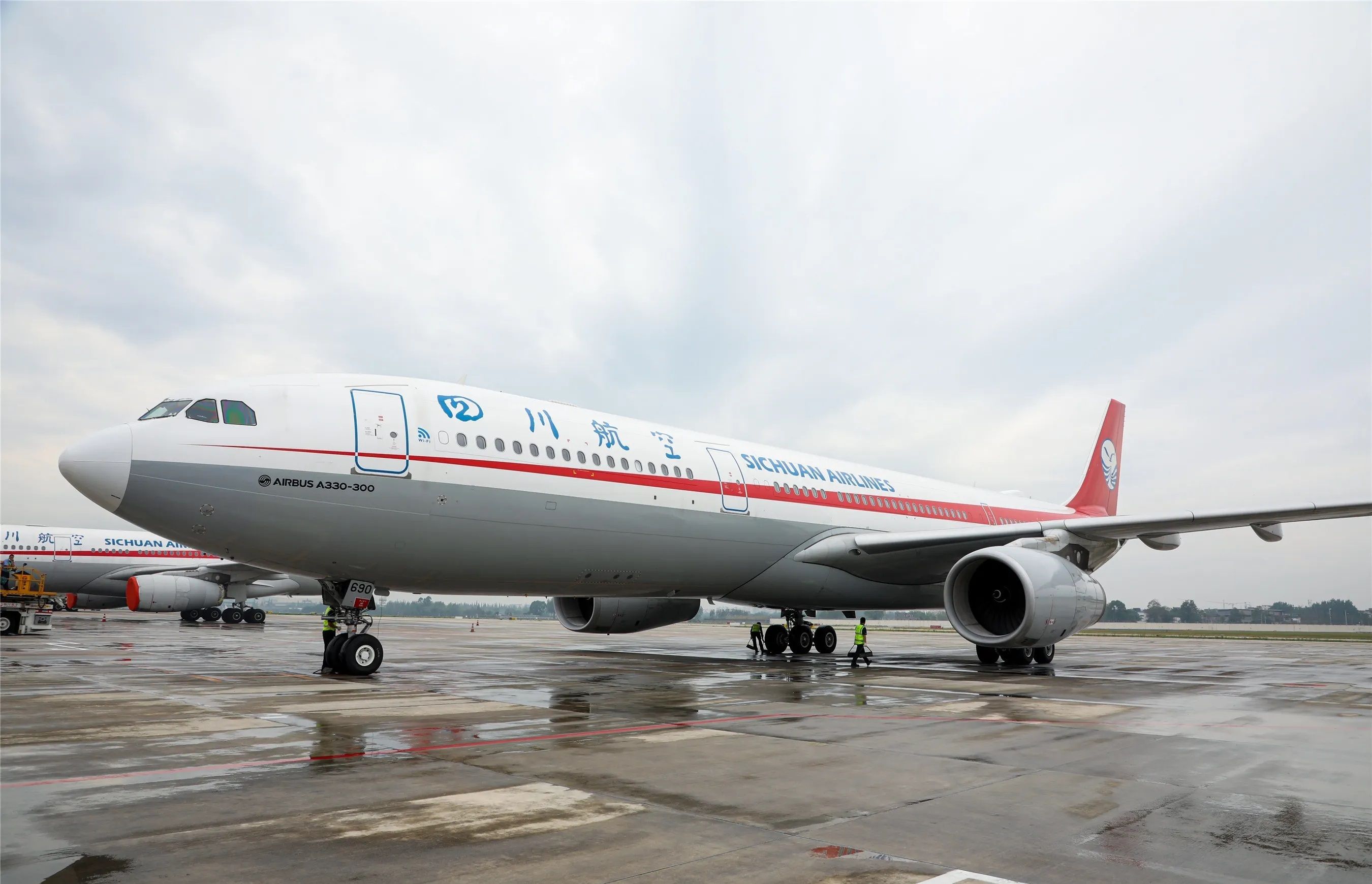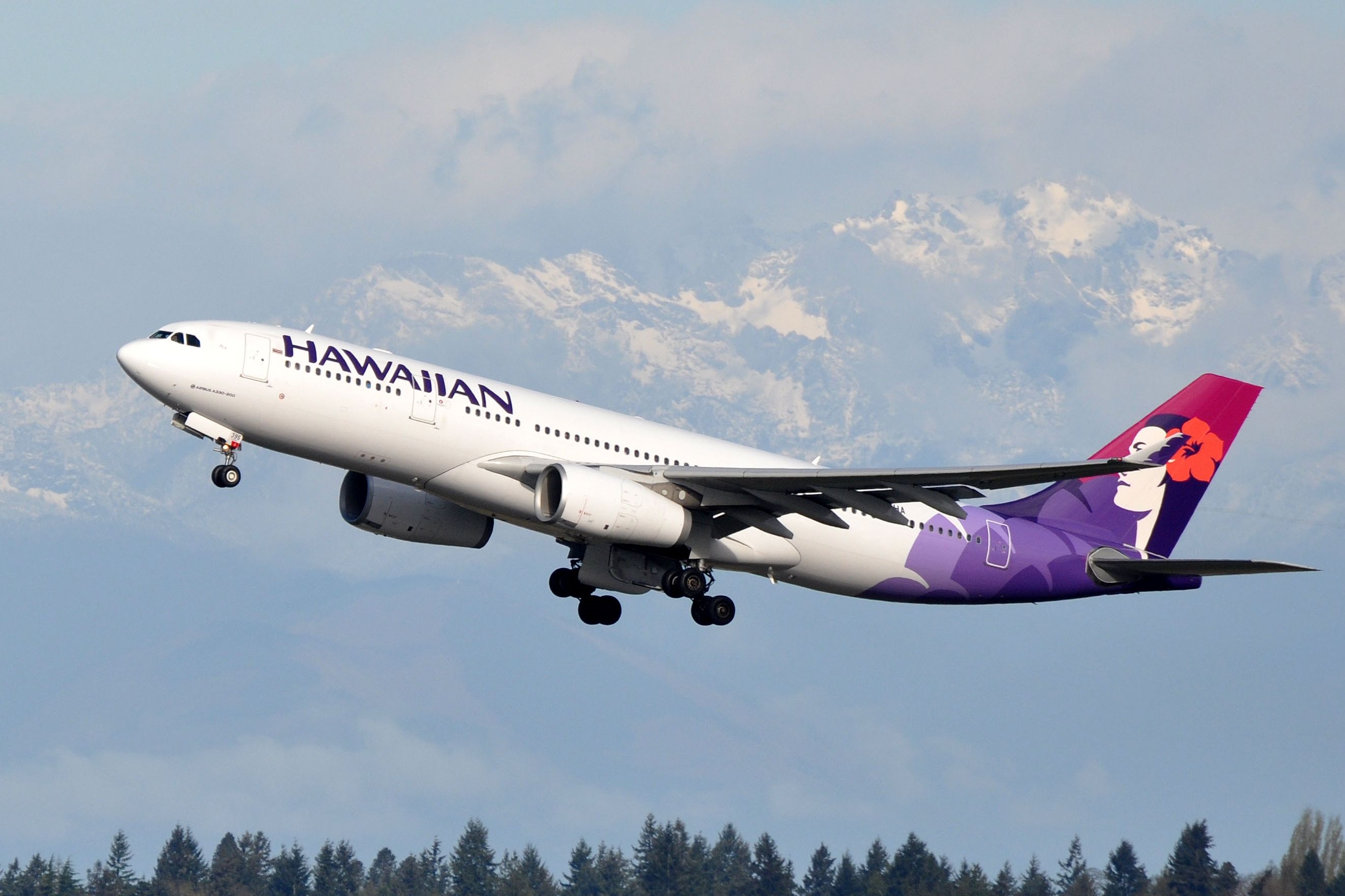In its latest digital strategy, China’s Sichuan Airlines has partnered with Viasat and AeroSat Link to launch a new Inflight Connectivity (IFC) technology and equipment for installation on its Airbus A320 family aircraft. The move comes as the airline “embraces passenger demand for staying connected in the air."
Better digital experience onboard
As travelers seek to be better connected during flights, many airlines around the world are trying to improve passengers' digital experience onboard. Sichuan Airlines is no exception.
Under the agreement, the IFC system on the airline's Airbus A320 family aircraft will include Viasat equipment, China Satcom's satellite network, and AeroSat Link digital services. The new system will allow passengers to access video streaming, Internet browsing, messaging, connecting to social media, business applications, and more.
The Chinese carrier said in a statement,
“The objective is to improve airline operation efficiency and customer service quality and create an enjoyable IFC experience for passengers. With the joint efforts of Viasat and AeroSat Link, we believe that Sichuan Airlines will continue to launch aviation internet products with better experience and better service, so that more passengers can enjoy faster and more convenient IFC services on Sichuan Airlines.”
The airline also indicated that with the new technology and “China Satcom's Ka-band satellite network enables us to provide Sichuan Airlines an IFC experience comparable to that on the ground”.
It is worth noting that the airline is currently having a significant number of jets to be equipped with the new system. According to Planespotters.net data, Sichuan Airlines operates 77 Airbus A320s, 66 Airbus A321s, and 23 Airbus A319s, all of which belong to the Airbus A320 family. In addition, Sichuan Airlines has 14 Airbus A330s and five Airbus A350s in its fleet.
The Civil Aviation Administration of China (CAAC) reported that at the end of 2021, there were 4,000 commercial aircraft in operation flown by Chinese carriers, with only 842 of them providing WiFi access, mainly for streaming onboard content.
Get the latest aviation news straight to your inbox: Sign up for our newsletters today.
Improved connectivity
Sichuan Airlines is not the only company striving to improve the digital experience. As satellite technology continues to improve, many airlines and carriers have taken steps to upgrade their digital services.
For example, regional airline JSX has already tested Starlink's inflight WiFi with 12 people onboard the one-hour flight from Burbank to San Jose. Starlink's inflight WiFi exceeded 100 megabits per second and was sufficient for streaming Netflix and YouTube videos.
Hawaiian Airlines announced that SpaceX will add WiFi to its flights via the Starlink satellite network as early as next year
Meanwhile, Delta Air Lines has been in talks with Starlink since the beginning of the year and has conducted some tests. However, firm commitments have not yet been announced.
In 2021, SpaceX Starlink expressed interest in providing the Internet to airlines. At last year's Connected Aviation Intelligence Summit, Jonathan Hofeller, SpaceX's vice president of Starlink and commercial sales, said,
"We're in talks with several of the airlines … We have our own aviation product in development … we've already done some demonstrations to date, and looking to get that product finalized to be put on aircraft in the very near future."



